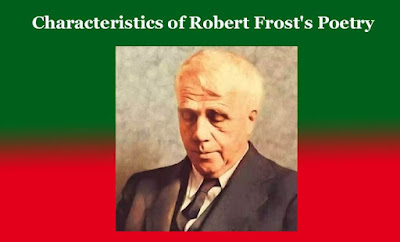History of American Short Story

History of American Short Story History of American Short Story Introduction: The history of the American short story is a rich and diverse tapestry that has evolved over centuries, reflecting the changing cultural, social, and literary landscapes of the United States. Here is a brief overview of the history of the American short story: History of American Short Story - Overview Early Influences (1600s–1800s): The earliest American short stories were often influenced by European literary traditions. Early American authors, such as Washington Irving and Nathaniel Hawthorne, contributed to the development of short fiction during the Romantic period. Edgar Allan Poe is considered a pioneer in the American short story, known for his tales of mystery, macabre, and psychological complexity. Realism and Regionalism (Late 1800s–Early 1900s): The late 19th and early 20th centuries witnessed the rise of realism and regionalism in American literature. Writers like Mark Twain, Ambrose Bierce, and ...








